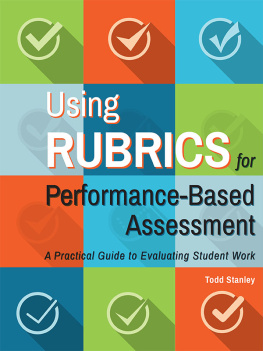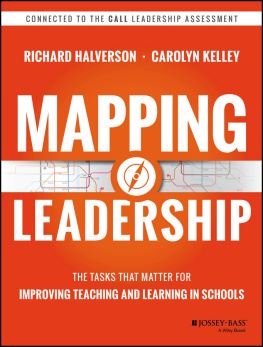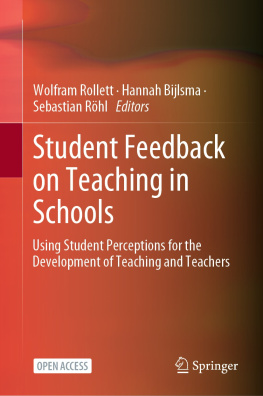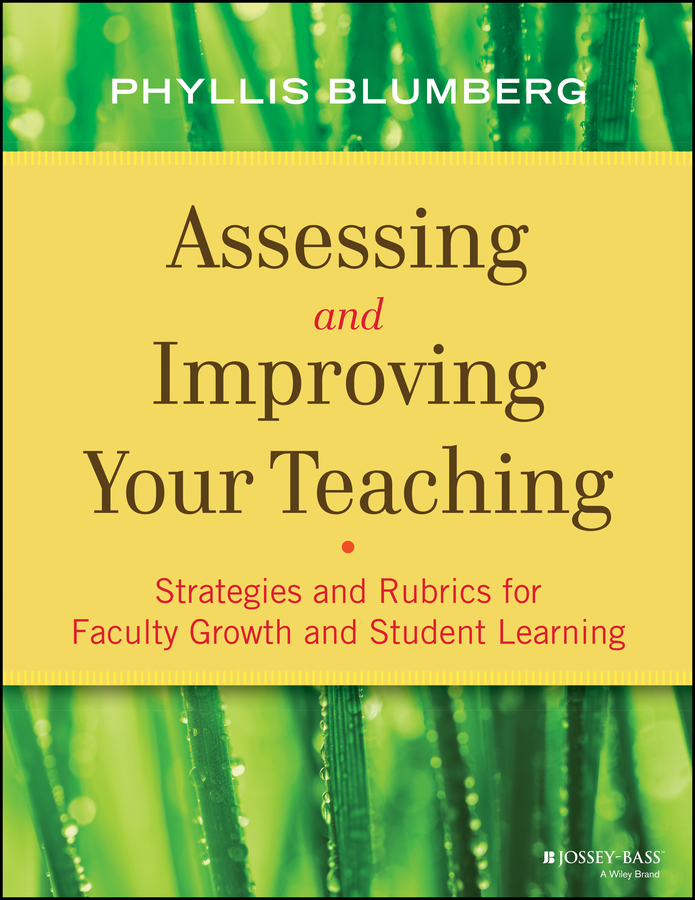Contents

Cover design by Michael Cook
Cover image: li jingwang/istockphoto
Copyright 2014 by John Wiley & Sons, Inc. All rights reserved.
Published by Jossey-Bass
A Wiley Brand
One Montgomery Street, Suite 1200, San Francisco, CA 94104-4594 www.josseybass.com
No part of this publication may be reproduced, stored in a retrieval system, or transmitted in any form or by any means, electronic, mechanical, photocopying, recording, scanning, or otherwise, except as permitted under Section 107 or 108 of the 1976 United States Copyright Act, without either the prior written permission of the publisher, or authorization through payment of the appropriate per-copy fee to the Copyright Clearance Center, Inc., 222 Rosewood Drive, Danvers, MA 01923, 978-750-8400, fax 978-646-8600, or on the web at www.copyright.com . Requests to the publisher for permission should be addressed to the Permissions Department, John Wiley & Sons, Inc., 111 River Street, Hoboken, NJ 07030, 201-748-6011, fax 201-748-6008, or online at www.wiley.com/go/permissions .
Limit of Liability/Disclaimer of Warranty: While the publisher and author have used their best efforts in preparing this book, they make no representations or warranties with respect to the accuracy or completeness of the contents of this book and specifically disclaim any implied warranties of merchantability or fitness for a particular purpose. No warranty may be created or extended by sales representatives or written sales materials. The advice and strategies contained herein may not be suitable for your situation. You should consult with a professional where appropriate. Neither the publisher nor author shall be liable for any loss of profit or any other commercial damages, including but not limited to special, incidental, consequential, or other damages. Readers should be aware that Internet websites offered as citations and/or sources for further information may have changed or disappeared between the time this was written and when it is read.
Permission is given for individual classroom teachers to reproduce the pages and illustrations for classroom use. Reproduction of these materials for an entire school system is strictly forbidden.
Jossey-Bass books and products are available through most bookstores. To contact Jossey-Bass directly call our Customer Care Department within the U.S. at 800-956-7739, outside the U.S. at 317-572-3986, or fax 317-572-4002.
Wiley publishes in a variety of print and electronic formats and by print-on-demand. Some material included with standard print versions of this book may not be included in e-books or in print-on-demand. If this book refers to media such as a CD or DVD that is not included in the version you purchased, you may download this material at http://booksupport.wiley.com . For more information about Wiley products, visit www.wiley.com .
Library of Congress Cataloging-in-Publication Data
Blumberg, Phyllis, date
Assessing and improving your teaching : strategies and rubrics for faculty growth and student learning / Phyllis Blumberg. First edition.
pages cm. (Jossey-Bass higher and adult education series)
Includes bibliographical references and index.
ISBN 978-1-118-27548-1 (pbk.) ISBN 978-1-118-41953-3 (ebk.) ISBN 978-1-118-42134-5 (ebk.)
1. Reflective teaching. 2. College teaching. I. Title.
LB1025.3.B595 2013
371.102dc23
2013013534
Dedicated with love to my sons,
Adam, Barry, and Noah Kosherick
This book includes Professional content that can be accessed from our Web site when you register at www.josseybass.com/go/Blumberg using the password josseybasshighered.
Preface
THE ORIGIN FOR THIS BOOK came from a department chairs request. He asked me for a comprehensive teaching assessment instrument that could objectively measure teaching effectiveness that he could also use to help his faculty to improve. His professors were largely summarizing student course evaluations, and that did not give enough information. I checked the literature and was not able to find one that fit his needs. Thus began my quest for a better model to assess teaching. Since I see myself as a faculty coach and not a judge, I wanted the model to focus on improvement, not high-stakes decisions. Current methods of evaluating teaching do not generate the data needed to make good choices about how to teach more effectively. This book addresses that need. It emerged from my faculty development experiences and my convictions about what is good teaching.
This book is intended for all teachers in higher education, including those who teach in experiential settings. It offers suggestions for teachers at all stages of their careers. The overarching purpose of this book is to promote teaching excellence. Effective teaching promotes both deep and intentional learning.
This book describes a comprehensive plan for teacher development. Its not something that should be done all at once, and it is not a quick fix for struggling instructors. This is a systematic process for career-long development of teaching effectiveness. I propose a hierarchical development and self-assessment model, but it is not necessary to do all of the steps; doing even one step helps instructors teach more effectively. In fact, making ongoing improvement may be more important than achieving excellence. The hierarchical model is based on essential principles in the literature on faculty development and cognitive sciences. The strength of this model places the locus of control with readers who want to improve rather than with external audiences who want to judge. Thus, this book deals with formative self-assessment rather than summative assessment.
The book begins by building the rationale for the assessment model and methods. It offers broad improvement strategies for career-long growth, describes a formative assessment model, and finally introduces self-assessment rubrics (see ). Throughout, I offer many suggestions to increase student deep and intentional learning through better teaching. The cases describe how five professors improved their teaching. The appendix contains self-assessment rubrics.
The Model of Better Teaching to Increase Learning Used throughout This Book

Part 1 describes a hierarchical approach to teaching better that integrates four well-supported, but previously separate, effective teaching strategies. An introduction and orientation to this approach is in chapter 1. Chapter 2 discusses misconceptions about teaching and recommends alternative ideas about teaching. Chapter 3 defines the essential aspects of teaching. Studying each of these aspects is the first effective teaching strategy. Chapter 4 discusses the role of critical self-reflection and the need for documentation of this reflection, the second effective teaching strategy. The third strategy for more effective teaching involves evidence-based decision making to guide practice and is the topic of chapter 5. Since many professors may not know the appropriate literature to support teaching, I devote chapter 6 to how to find such literature in your discipline and in general.











